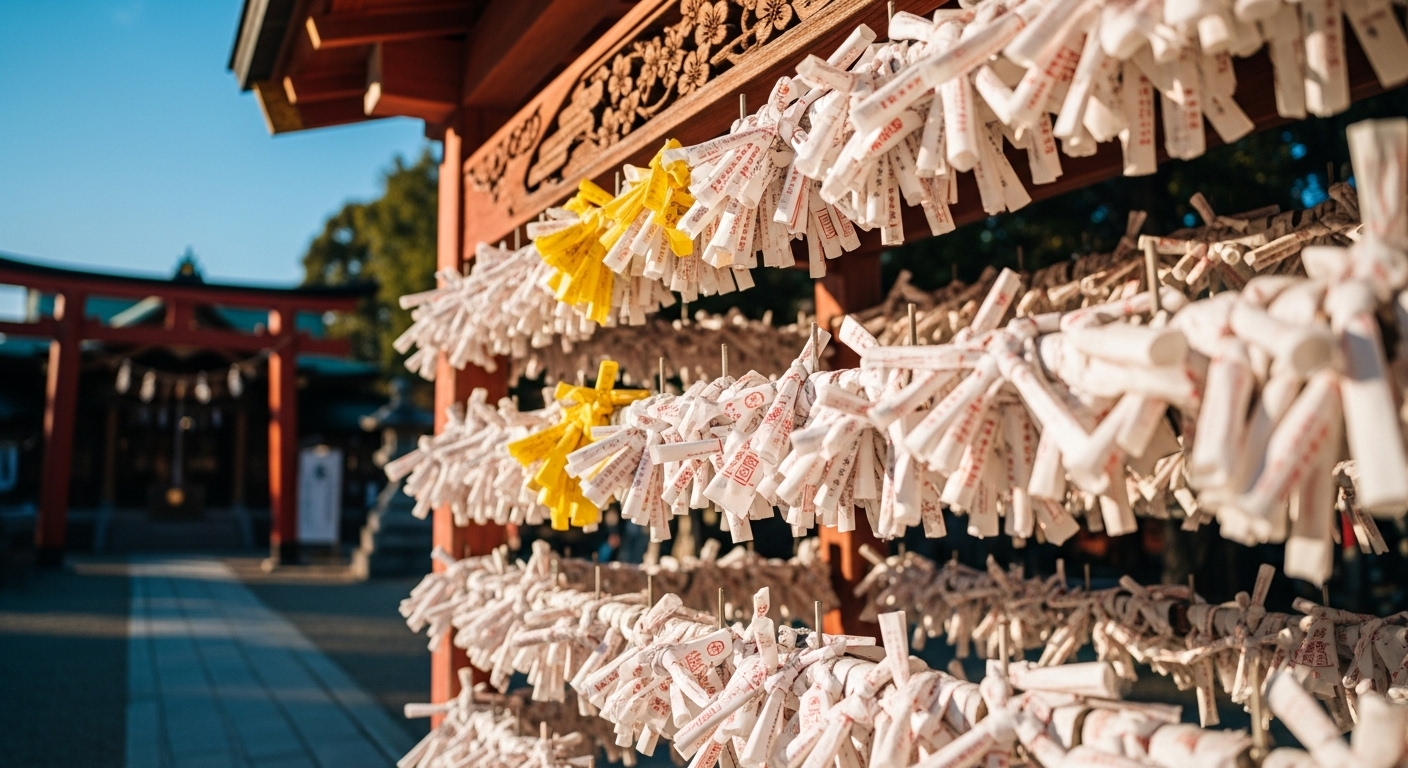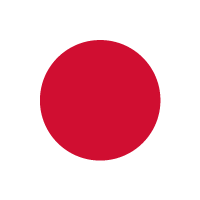
Many travelers visiting Japan wonder what to do after drawing an omikuji fortune slip. Should you tie it at the shrine, or is it okay to take it home? It’s a common moment of confusion, often leading people to stop and ask friends, “What am I supposed to do with this?”
Omikuji has specific customs—such as the meaning of tying, when to keep it, and how to deal with a bad fortune—that help visitors understand Japanese shrine etiquette. Without this knowledge, you may accidentally handle it in a way that differs from the shrine’s intention.
This guide explains what to do after drawing an omikuji, including basic manners, things to avoid, how to return it properly, and tips for drawing multiple fortunes. With clear explanations, you can enjoy your shrine visit with confidence and a deeper understanding of Japanese culture.
What to Do After Drawing an Omikuji: Basic Shrine Etiquette
Most shrines follow similar etiquette for handling omikuji. The key is to read your fortune carefully as “advice from the gods,” rather than just focusing on good or bad luck. Shrine priests often explain that each slip delivers a message for your current situation—whether it is love, work, or daily life.
After reading it, you may place it at the designated tying area within the shrine grounds, or take it home and keep it as a personal reminder. Neither option is more correct; choose the one that feels most meaningful to your intentions. If you are unsure, checking the signs or asking shrine staff is the safest approach.
You might be interested in this
What to Do If Your Omikuji Is Bad: How to Handle an Unlucky Fortune
Many travelers are surprised when they draw a “kyo,” or bad fortune, during their visit. But according to shrine priests, a bad result does not mean misfortune will actually happen. Instead, it is viewed as a message highlighting points you should pay attention to in daily life. Rather than feeling discouraged, use it as a chance to reflect, reset your mindset, and improve your actions.
When you receive a bad fortune, the common custom is to tie the slip at the designated area in the shrine grounds while wishing for improvement. Keeping it with you is also acceptable. Reading the advice on love, work, or health can help you adjust your behavior and turn things in a better direction. If you’re unsure, asking the shrine staff always provides peace of mind.
How to Return an Omikuji: Proper Timing and the Annual Burning Ritual
Returning an omikuji after about one year is considered good etiquette. Shrine priests explain that what matters most is returning it with gratitude, regardless of whether the fortune was good or bad. Most shrines have dedicated return boxes or collection areas where you can place your omikuji, and visitors—tourists included—are welcome to use them at any time.
Returned omikuji are purified through a traditional ritual known as “otakiage,” a ceremonial burning practiced in Shinto for centuries. It symbolizes closing a chapter and expressing thanks. Even if you are traveling, you can bring the slip back to the shrine on a later visit. Many travelers choose to do this before returning home.
How Many Times Can You Draw an Omikuji? Manners for Multiple Draws
Many shrines explain that you may draw an omikuji multiple times. Because omikuji is seen not as fortune-telling but as a “message for your current state,” it is acceptable to draw again when your intentions change or when you want clarity. However, drawing repeatedly within a short time is discouraged, as it can dilute the meaning. It is best to draw at meaningful moments or milestones.
If you draw multiple omikuji, how you handle the previous slips also matters. You can keep them, tie them while making a wish, or return them properly before drawing another one. Popular shrines can become crowded, so be mindful of others and follow posted guidance. If you are uncertain, checking the signs or asking staff ensures respectful behavior.
Conclusion
Whether you choose to tie, keep, or return your omikuji, each option reflects a meaningful part of Japanese shrine culture. Understanding these customs helps you enjoy your visit with confidence and connects you more deeply with the spiritual values behind the ritual. Learning other shrine etiquette—such as how to pray, offer coins, or take photos respectfully—will make your time at Japanese temples and shrines even more rewarding. Be sure to explore our other guides for more useful tips.

 日本語
日本語 中国語
中国語 Español
Español